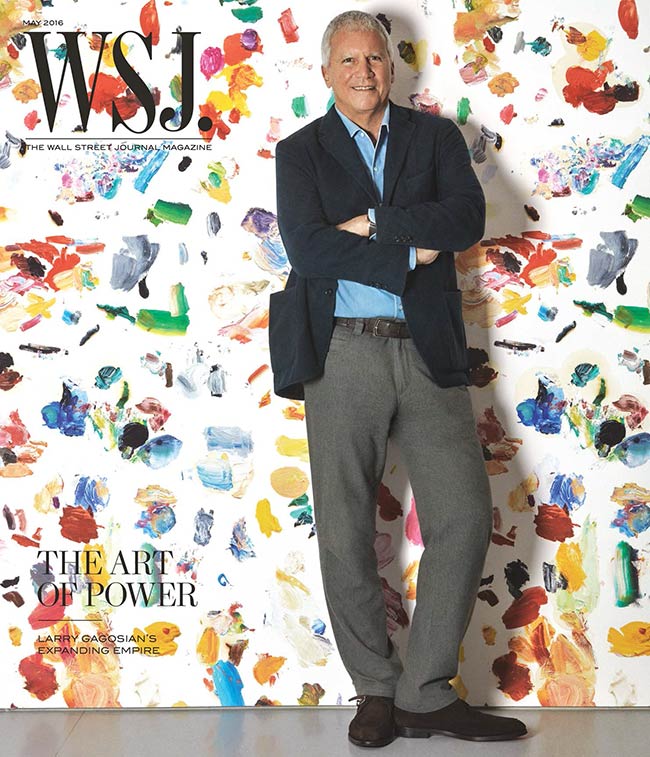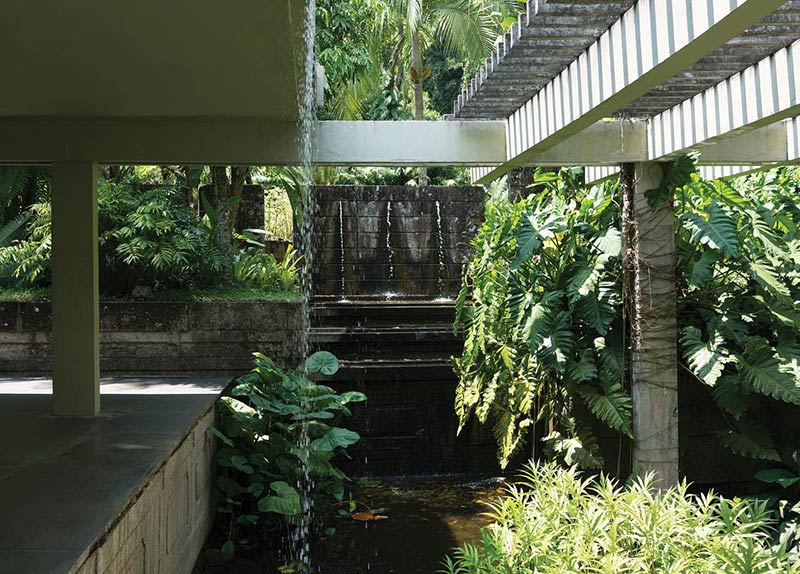A new exhibit at New York’s Jewish Museum demonstrates the late Brazilian landscape designer Roberto Burle Marx’s influence on today’s contemporary artists, including distinguished painter Beatriz Milhazes who challenges motifs of the tropics

A towering figure of Brazilian modernism, 20th-century landscape architect Roberto Burle Marx has long been known as the father of tropical garden design, the man who opened his compatriots’ eyes to native vegetation at a time when European-style plots full of imported roses and begonias were all the rage. Taking indigenous flora like Amazonian water lilies, cactuses, palm trees and agaves as his palette, he created biomorphic abstractions that recall the work of the artist Jean Arp. And he applied this bold new approach to some 2,000 public and private projects in 20 countries around the world, including the monumental parks and floating gardens of Brasília, his country’s utopian capital.
An even richer picture of the man will emerge this spring with the opening of Roberto Burle Marx: Brazilian Modernist, running May 6 through September 18 at New York’s Jewish Museum. The first wide-ranging exhibition of Burle Marx’s work in North America, it will feature rare highlights—such as an 87-foot-long tapestry that has left Brazil only once and never-displayed designs for synagogue gardens and stained-glass windows—revealing his talents not just in landscaping and botany, but also in painting, jewelry, sculpture, and costume and set design. (The show will later travel to Berlin’s KunstHalle by Deutsche Bank and the Museu de Arte do Rio in Rio de Janeiro.)
More than two decades after Burle Marx’s death, in 1994, his legacy continues to influence contemporary artists, as can be seen in the seven projects the museum assembled, and in most cases commissioned, to accompany the show, by talents as varied as the Venezuelan conceptualist Juan Araujo, the American experimental composer Arto Lindsay and the French video artist Dominique Gonzalez-Foerster. […]



